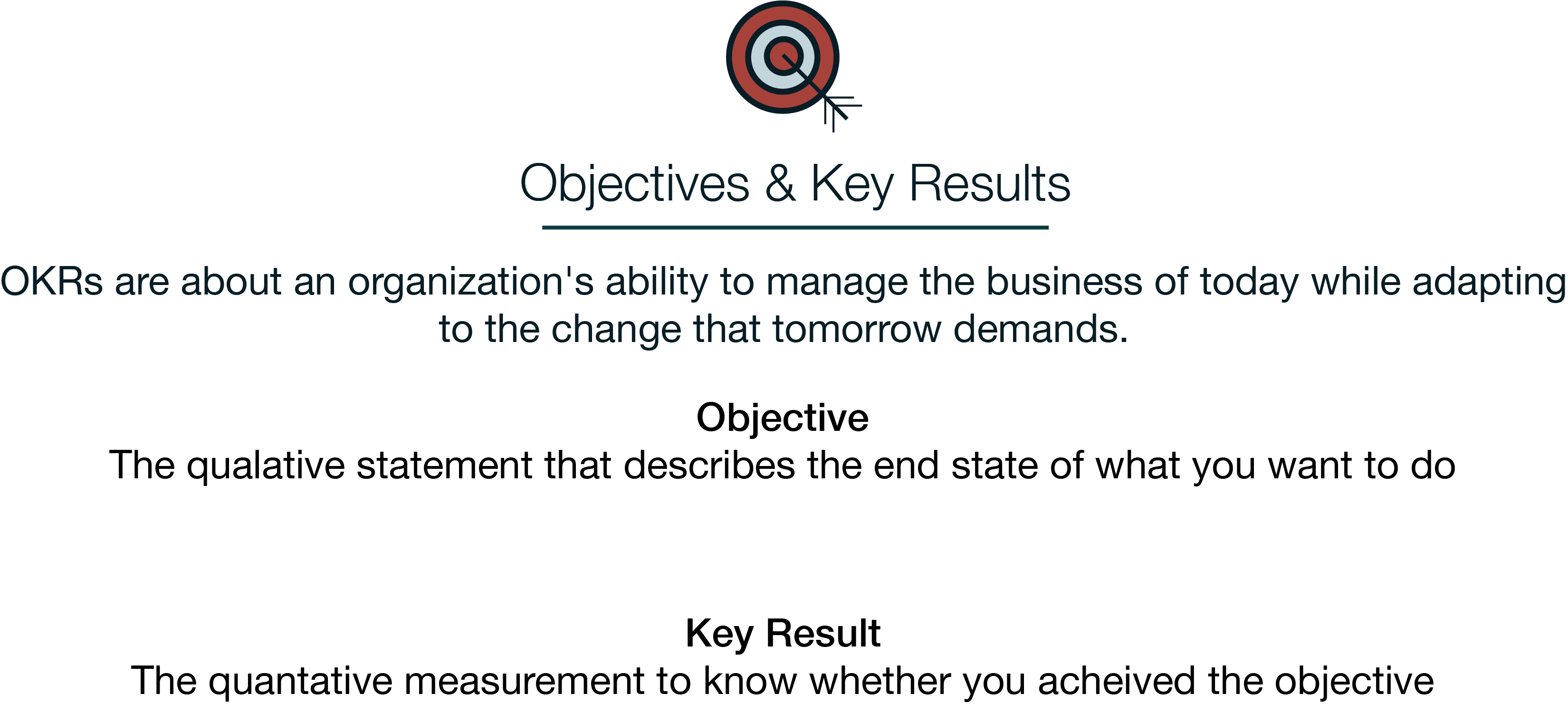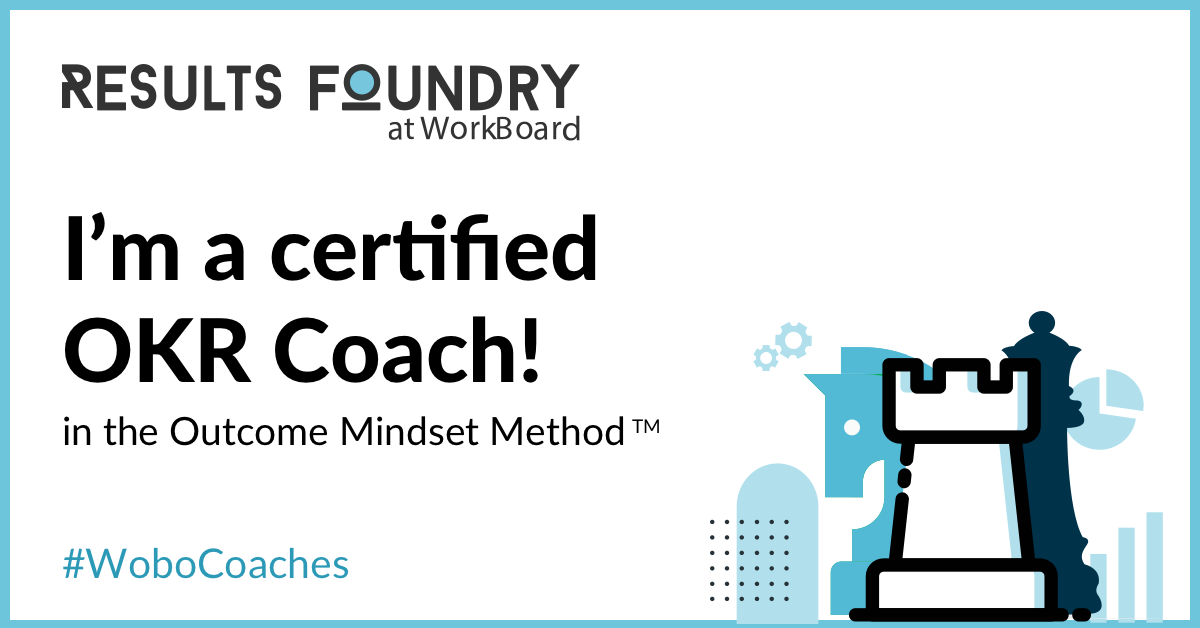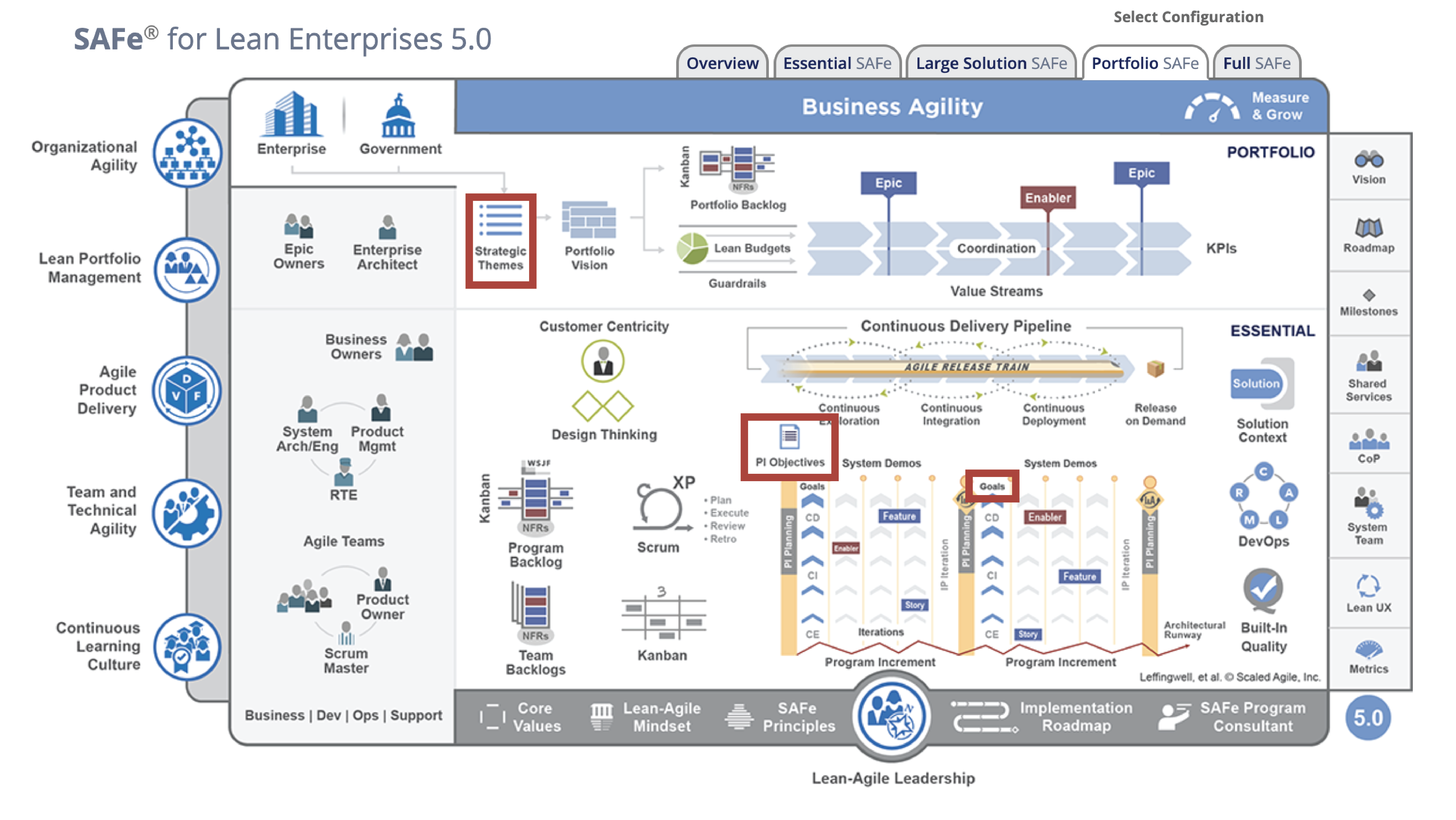

My first exposure to OKRs came from working at Google. Since that time, I've rolled out OKRs at TD Ameritrade & Johnson Controls engineering organizations, and on every team I've had the priviledge to lead.
Like anything, you get out of OKRs what you put into them.

Objectives and Key Results, or OKRs, are about an organization’s ability to manage the business of today while adapting to the change tomorrow demands. An objective is the forward-looking, qualitative statement that describes the end state’s outcome. The key result is the quantitative measurement to know whether the organization succeeded in meeting the objective. Many successful companies such as Netflix, Intuit, Adobe, Amazon, Intel, Microsoft, and Google, have used OKRs to remain nimble while driving alignment and transparency as they have rapidly grown their scale and size.
Functionally, objectives and key results are both a management and communication framework. Managers can align teams to work that contributes to the larger strategic purpose allowing employees to draw direct lines from their own work to the higher vision. The flexibility of OKRs also allows for managers and organizational leaders to articulate the company vision in their own words and localize that vision to their team’s context.
Ultimately, the implementation of OKRs should increase an organization’s agility, or ability to respond to internal and external market changes and emerging opportunities. OKRs do this by:
To effectively implement OKRs, it needs to be done in collaboration with the organization’s leadership, human resources, and other potential stakeholders such as strategy, portfolio ops, functional reporting teams, and others. The value an organization receives from OKRs is directly proportional to the level of organizational adoption and engagement. The more integration points for OKRs, more an organization’s teams will use the same lexicon to talk about value. This enables productive prioritization and funding conversations throughout the organization and has downstream effects on client satisfaction, agility, and throughput.

There are several connection points for OKRs into the Scaled Agile Framework (SAFe). SAFe is a knowledge base of proven, integrated principles, practices, and competencies for achieving business agility. World-wide 70% of Fortune 100 companies and a growing number of Global 2000 companies have SAFe professionals and consultants on site. SAFe aims to enable the business agility that is required for enterprises to compete and thrive in the digital age.
OKRs have several integration points into the SAFe framework and depending on the implementation can transcend through several layers in the organization from portfolio to program to feature level. At the portfolio level OKRs are created through strategic themes, at the program level through PI planning and at the team level through feature level OKRs.